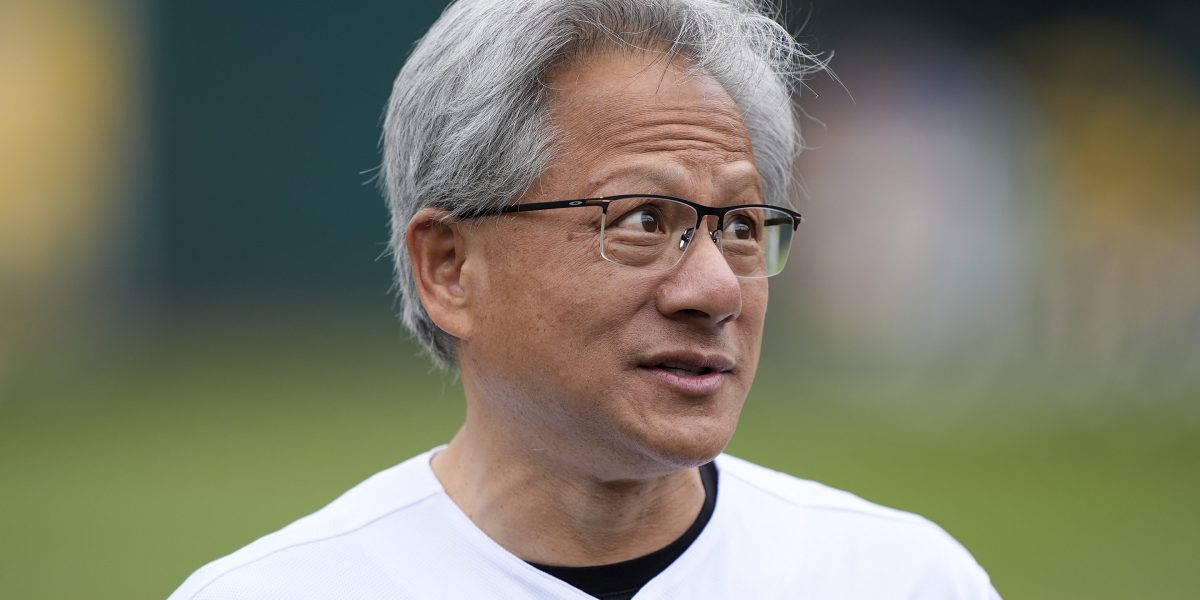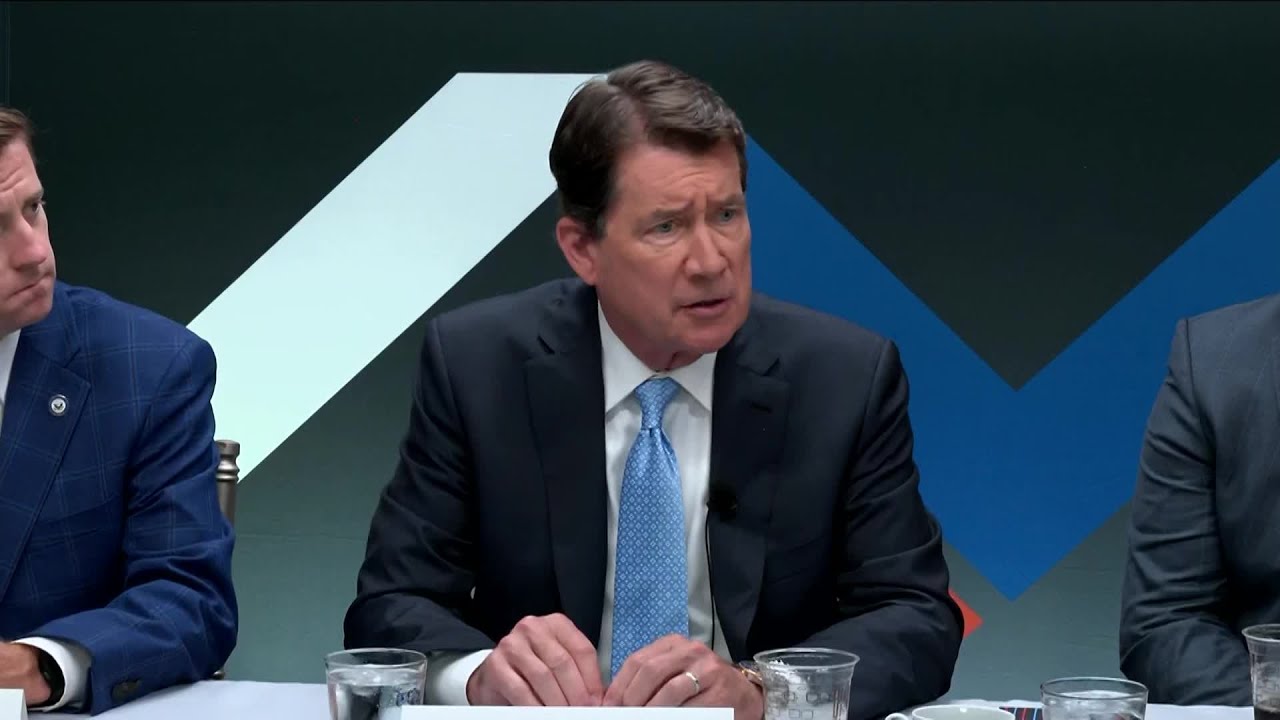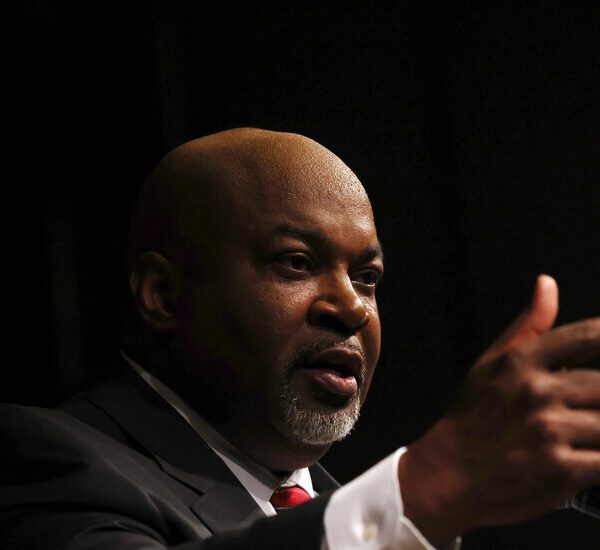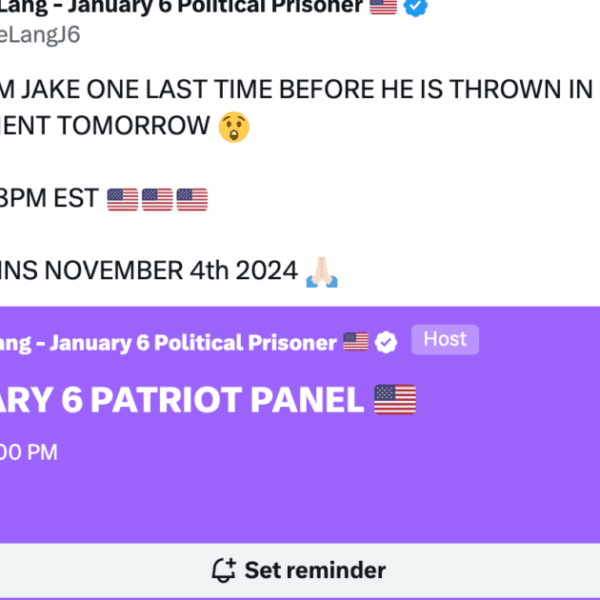

Nvidia H100 chips are still the hottest commodity in the tech industry, but sadly the same cannot necessarily be said about its stock.
Shares in Jensen Huang’s semiconductor company have plunged 20% since their all-time closing high on June 18th, usually considered to be the start of a bear market. Already roughly more than $780 billion have been wiped off its market cap, an amount equivalent to the entire value of Elon Musk’s Tesla or an Eli Lilly, the pharma group behind the GLP-1 weight loss drug Mounjaro.
While the stock saw a relief rally, yo-yoing sharply higher on Wednesday, it only snapped back to last week’s levels and the gains could prove short-lived as sentiment across the sector remains fragile.
The Futurum Group, an industry research and advisory firm for the tech industry, told the Financial Times the weakness was likekly just a rotation out of sectors that performed well over the course of the year as opposed to anything related to its underlying fundamentals.
“We’ve seen money flow out of Big Tech, mostly I think because they have had an incredible run-up,” CEO Daniel Newman said, “and that of course gave room for a little bit of a sell-off.”
Nvidia sells graphic processors best suited for training neural networks like transformers used in the development of OpenAI’s GPT-4 and other large language models. Its most advanced chips are so powerful the U.S. imposes export controls to ensure they do not fall into the hands of strategic rivals like China.
Concerns have grown in recent weeks, however, that major cloud-computing providers—including hyperscalers Amazon, Microsoft and Google—as well as other megacap companies investing heavily in AI, such as Meta and Tesla, may not see a sufficient return on their investments.
Microsoft predicted revenue growth in its Azure cloud business would slow in the current first quarter from the 29% achieved in the three months through June, before accelerating in the second half of its fiscal year. Shares took a beating on Wednesday, heavily underperforming gains in the S&P 500 index.
‘Kicked to the curb’
Another major customer of Nvidia to disappoint recently was Tesla, which needs AI training chips to solve autonomous driving—something CEO Elon Musk promised he would finally crack this year or next. (He’d previously promised Tesla cars could drive cross-country, on their own, by the end of 2017.) So far this year he’s spent $1.6 billion to bulk up his computing cluster, which trains on images fed from cameras mounted on all Tesla cars.
On an investor call last week, Musk said the lack of constant and reliable supply of Nvidia H100 chips is forcing him to double down now on Dojo, his own proprietary silicon optimized for vision-based machine learning. Musk has talked about renting out spare training compute to third parties, a “Dojo-as-a-service” that Morgan Stanley estimates can be worth hundreds of billions of dollars. If successful, his custom silicon would pose a threat to Nvidia.
Even after the drop, Nvidia has still more than doubled its value since the start of January. But it’s a far cry from the heady days of this spring when it eclipsed Apple and Microsoft to become the largest company in the world, at one point worth over $3.3 trillion.
The weakness has also affected its Taiwan production partner, TSMC, the world’s largest foundry for fabricating microchips outsourced by third parties like Nvidia. Its stock has lost roughly $200 billion over the past couple of weeks after breaking through the $1 trillion mark at one point. It, too, is experiencing a relief rally.
“Nvidia stock has become a wasteland,” said investor Jim Cramer, the host of CNBC’s Mad Money on Tuesday. “It’s because Nvidia doesn’t benefit from rate cuts, so its stock gets kicked to the curb in this environment.”
Nvidia did not respond to a request for comment from Fortune.
Later on Wednesday the Federal Reserve is expected to lay the groundwork for a rate cut in September, its first since March 2020.














